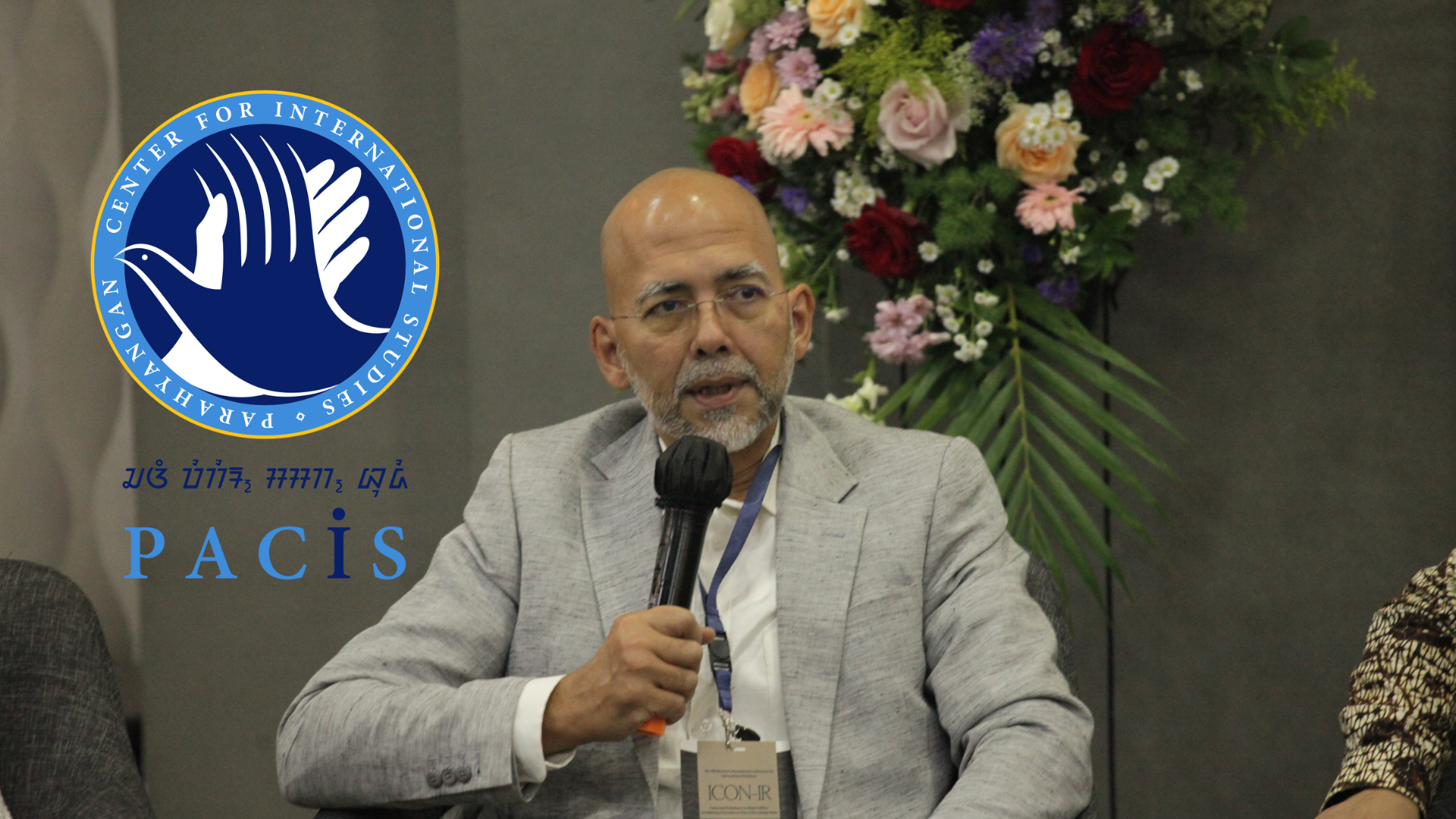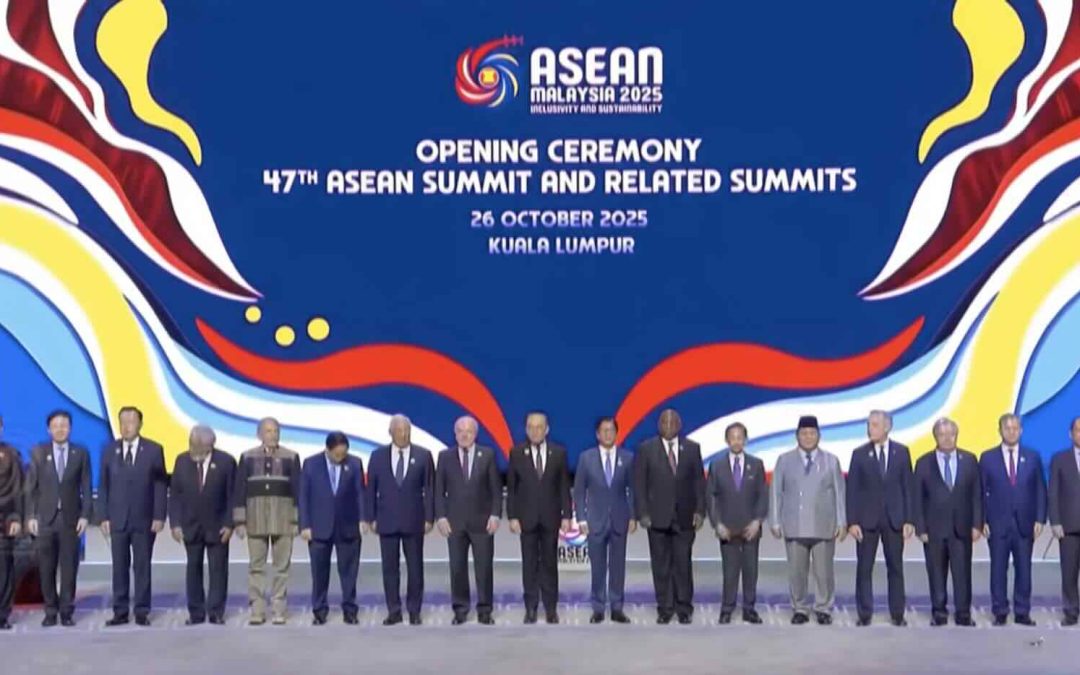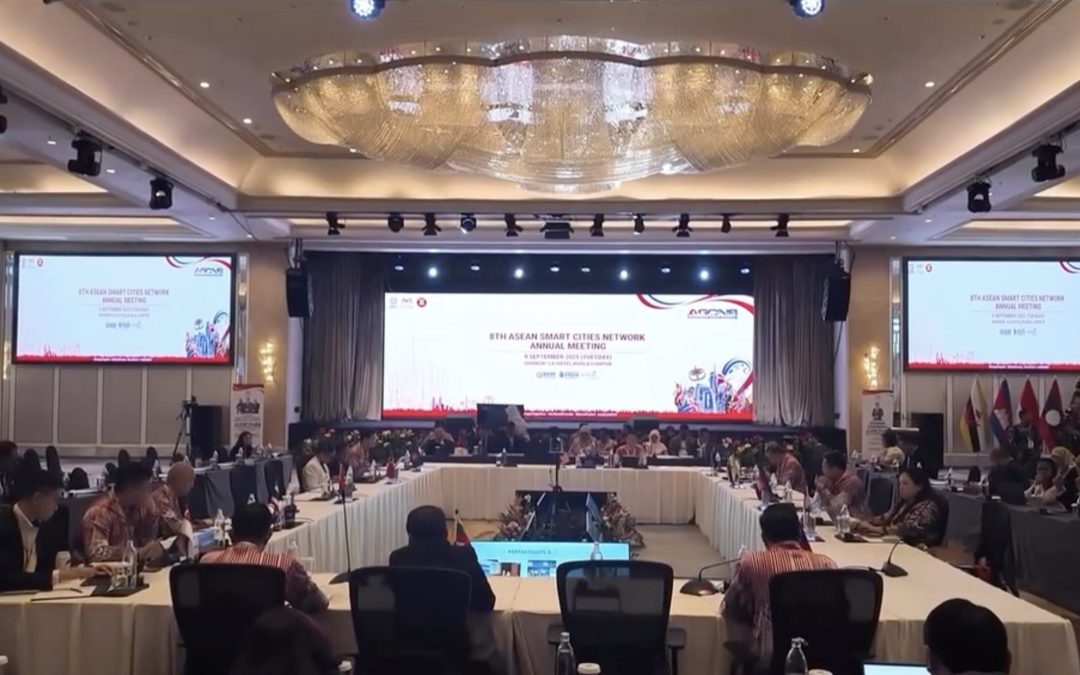HE. Ambassador Arto Suryodipuro: “ASEAN’s centrality in the region is inseparable from its unity; they are two sides of the same coin.“
Key Questions:
- What kind of turbulence in World Politics affects your field the most?
- Based on your expertise, how to navigate the turbulence in today’s world politics?
Salutation
- I am honored to be invited to this International Conference on International Relations to discuss the complexities of Southeast Asia’s geopolitics, a topic that has long been central to my thoughts. Academic discussions like these have shaped my views and contributed to policy formulation in our region.
- I want to focus on Southeast Asia and ASEAN, recognizing that Indonesia’s neighborhood—spanning from the Indian Ocean to the West and South Pacific—is inherently complex. This maritime region is interconnected and demands a nuanced foreign policy approach.
- Our region has been significantly impacted by the intensifying competition among major powers, particularly between a China that is rising and a U.S. that has not fully adjusted to the reality of a peer competitor. Additionally, Japan, India, Russia, Korea, and Australia all play critical roles in our region. Southeast Asia is in fact the only region in the world where all major powers, except those from Europe, are geographically part of, underscoring its unparalleled geopolitical importance.
- Furthermore, Southeast Asia is a global crossroads, upon which the security and prosperity of major powers and other countries depend. One-third of the world’s shipping has consistently passed through Southeast Asia in the past fifty years and beyond. In fact, the history of Southeast Asia over centuries is defined by sea-borne international trade.
- These factors make our region highly combustible. Yet, since the establishment of ASEAN in 1967, Southeast Asia has maintained relative stability and economic health, especially when compared to other regions.
- This is my response to the first question posed to me: What kind of turbulence in world politics affects our field the most? But how do we navigate this turbulence in today’s world politics?—which is the other question. Let me make two propositions.
- First, Southeas Asia’s Stability hinges on ASEAN’s unity — a principle that has guided the organization for over fifty years since it adopted the doctrine of ASEAN as a Zone of Peace, Freedom and Neutrality (ZOPFAN). I encourage students of International Relations to study the debate that took place in the early 1970s on how the region should be managed. In essence, ASEAN’s leaders recognized that the cornerstone of regional stability in the face of the Cold War must be the fostering of peaceful relations among Southeast Asian nations themselves.
Southeast Asia’s stability hinges on ASEAN’s unity—a principle that has guided the organization for over fifty years, since it adopted the doctrine of ASEAN as a Zone of Peace, Freedom and Neutrality (ZOPFAN).
8. My second proposition is that ASEAN’s centrality in the region is inseparable from its unity; they are two sides of the same coin. Following the Cold War, ASEAN solidified its geographic centrality by expanding its membership with the inclusion of Cambodia, Laos, Myanmar, and Vietnam and consolidating its position along one of the world’s most critical maritime highways. However, maintaining unity has become more challenging, as seen with the situation in Myanmar.
9. ASEAN’s geographic centrality has allowed it to build norms and institutions that are crucial for regional stability, as well as develop ASEAN diplomatic and economic centraltiy. The various ASEAN-led mechanisms reflect ASEAN’s role in setting the rules and norms for the region, often in collaboration with its partners.
10. This centrality is reflected in the various ASEAN-led mechanisms: ASEAN Plus mechanisms, the ASEAN Regional Forum, ASEAN Plus Three, the East Asia Summit, the ASEAN Defense Ministers Plus, the Expanded ASEAN Maritime Forum, and institutions under the Regional Comprehensive Economic Partnership. These frameworks emphasize ASEAN’s role in setting the rules and norms for the region, often in collaboration with its partners.
The various ASEAN-led mechanisms reflect ASEAN’s role in setting the rules and norms for the region, often in collaboration with its partners.
11. Some may argue that ASEAN lacks the capacity to regulate major powers, and while this is partly true, ASEAN’s collective leverages should not be underestimated. Major powers have a vested interest in developing policy options to include good relations with ASEAN as a whole or its members. Furthermore, with a population exceeding 700 million people, ASEAN ranks the fifth largest economy in the world. It is the largest or almost largest trading partner of the major powers.
12. Looking ahead, the primary geopolitical challenge for our region will be managing our maritime space. For the first time since World War II, the stability of this space, previously anchored by the US Navy, is being seriously challenged by China’s expanding presence, exacerbating the already fraught US-China competition. The establishment of the Quad, AUKUS, and the Squad, along with the strengthening of the US alliance system, reflect they dynamic and contested nature of our maritime region. Southeast Asia is not just a thoroughfare but increasingly an arena for strategic competition.
13. ASEAN is neither a military alliance nor develops common foreign policy. But it has been successful in norms and institutions building. The road ahead would thus be on taking greater ownership and responsibility of its maritime space. ASEAN therefore has to assert its views on the implementation of the various relevant maritime conventions in the region.
14. In times of peace, this would be the 1982 UN Convention on the Law of the Sea (UNCLOS). But the implementation of UNCLOS is not free of problems. It is being tested by territorial disputes and disputes over maritime entitlements and natural resources. Furthermore, it is being tested by differences in interpretations between coastal and user states over rights and obligations over maritime zones in the region.
15. In times of armed conflict, other relevant instruments of international law, like the 1907 Convention on Maritime Warfare, would come into play. There is no precedence for the application of UNCLOS and other convention for our region. There is an urgent need to develop common understanding on how these rules should apply in times of conflict.
16. Furthermore, it is critical for the region to pursue arms and naval limitations initiatives, drawing inspiration from the Washington Naval Conference of 1921—the last major arms control effort in the region, predating the independence of almost all ASEAN member states. Finally, developing an ASEAN maritime instrument that reinforces Southeast Asia as a Zone of Peace, Freedom, and Neutrality will be crucial for the region’s stability.
Developing an ASEAN maritime instrument that reinforces Southeast Asia as a Zone of Peace, Freedom, and Neutrality will be crucial for the region’s stability.
17. Let me conclude by conveying my hope that this conference will spark deep and creative thinking necessary to address these urgent and unprecedented challenges. I wish this conference much success.
Thank you.







